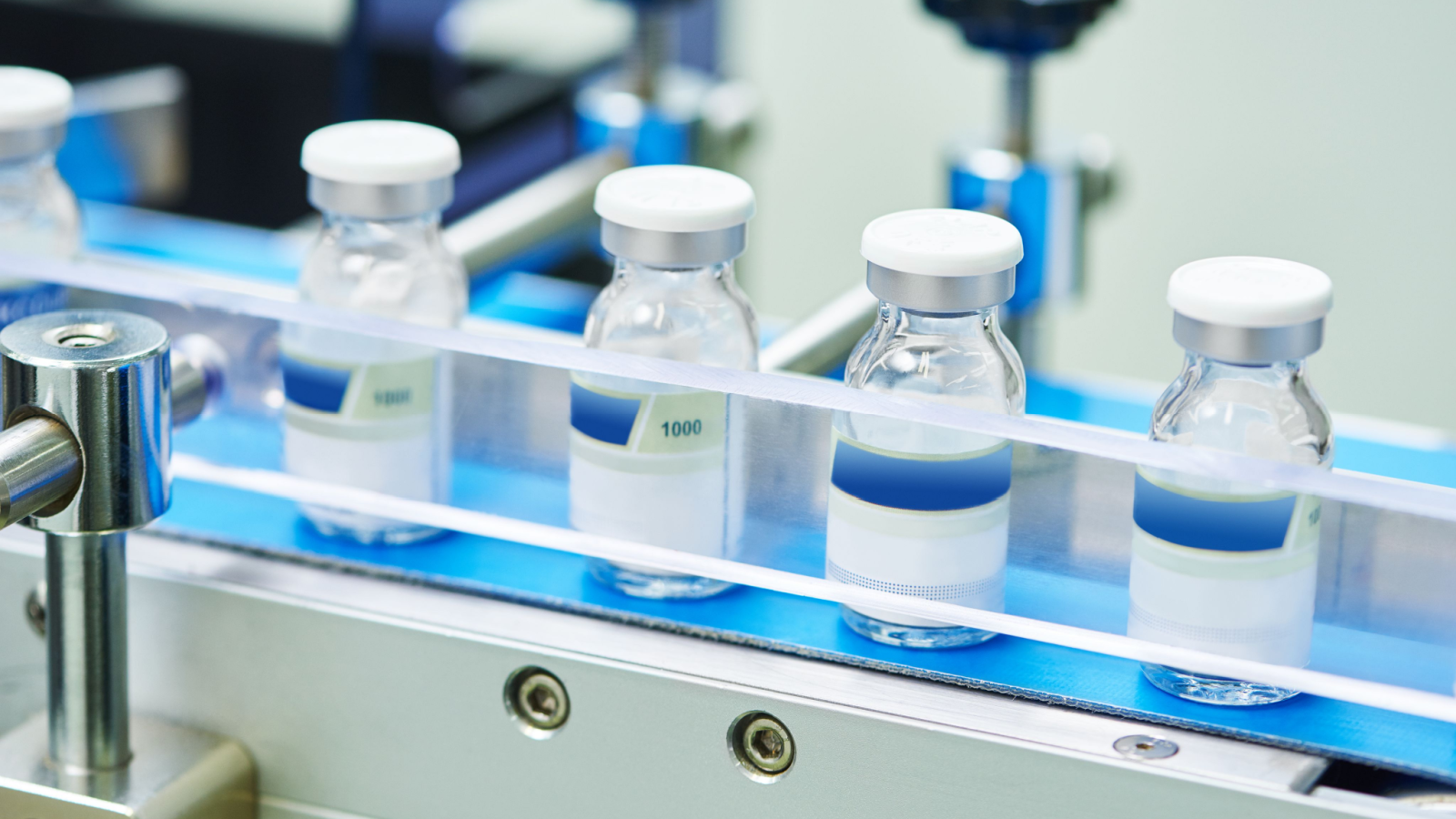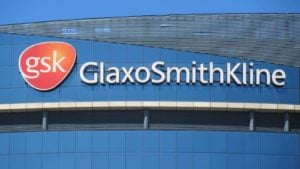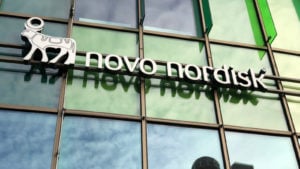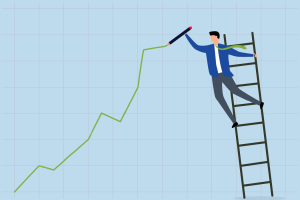
Pharma stocks have two unique characteristics that can make them great investments for many individuals. First, unlike the vast majority of equities, undervalued pharma stocks can rally even when the economy is performing miserably. And secondly, a few data points can rather quickly transform a pharma company that’s been a loser for many years on end into a huge winner.
Consider, for example, the case of Viking Therapeutics (NASDAQ: VKTX) whose shares changed hands in the single digits for many years until 2023. That’s when a trial showed that the company’s GLP-1 drug, VK2735, could reduce patients’ body weight. Now the name is trading for nearly $60.
Finally, many drugmakers get acquired by their larger peers, resulting in big paydays for investors. On the other hand, pharma stocks can be quite risky, as one bad data point or safety issue can cause their shares to tumble tremendously. But for investors who want to give pharma stocks a shot, here are three of the most undervalued names in the sector at this point.
Eisai (ESAIY)

For many months, I’ve argued that the uptake of Japan-based Eisai‘s (OTC:ESAIY) Alzheimer’s drug, Leqembi, would increase tremendously. Leqembi is the first Alzheimer’s treatment that has been shown to slow the progression of the disease. And very impressively, as I noted in a previous column, “60% of a small group of early-stage Alzheimer’s patients who received the drug meaningfully improved.” If that data can be duplicated one or two more times, I believe that the drug will be routinely given to nearly all patients with early-stage Alzheimer’s who decide to seek treatment for the disease.
On May 15, Eisai reported that it expects the revenue from Leqembi to surge by $337 million during its fiscal year that started on Apr. 1. As a result, the firm anticipates that the drug will generate sales of $364.6 million during its current fiscal year. Eisai will receive 50% of the profits from the treatment. The other half going to its partner, Biogen (NASDAQ:BIIB). Meanwhile, analysts expect Leqembi’s sales to surge to $2.17 billion by 2029.
Let’s say Eisai’s profits from the drug in 2029 come in at $500 million. Then add in the same profit it reported during its last fiscal year, or $289 million. It means the shares are changing hands at 16.4 times its potential 2029 profit.
However, since I expect the majority of early-stage Alzheimer’s patients to get the drug by 2027, I think the company’s actual forward valuation is much lower than that.
GSK (GSK)

Signs continue to mount that GSK’s (NYSE:GSK) anti-cancer biologic, Jemperli, will become a blockbuster treatment.
On Jun. 3, the drug maker reported Phase 2 data showed 42 patients with a type of locally advanced rectal cancer who took the biologic were completely cancer-free. The data could lead to the drug being approved for the first time as an initial treatment for patients with some types of rectal cancer.
On Apr. 24 the Food and Drug Administration accepted GSK’s application to approve Jemperli as a treatment for all cases of “primary advanced or recurrent endometrial cancer.” Currently, the biologic is only approved as a treatment for certain cases of advanced endometrial cancer. The FDA is expected to act on the application by Aug. 23. There are 417,000 new cases of endometrial cancer reported annually. I believe this label expansion will be quite lucrative for GSK. It will also serve as a major, positive catalyst for GSK stock.
Novo Nordisk (NVO)

Novo Nordisk‘s (NYSE:NVO) a forward price-earnings ratio of 41 times. Usually, I would not call that one of the cheapest pharma stocks to buy.
But Novo Nordisk has several blockbuster drugs on its hands in the form of its weight-loss drugs Wegovy and Ozempic, and Saxenda. As a result, analysts expect the company’s EPS to reach $4.32 in 2025, up from $2.66 in 2023. Given that growth outlook, the valuation of NVO stock is very cheap indeed.
In another indication that Novo’s shares are quite cheap, Eli Lilly (NYSE:LLY), which has developed a similar, rival weight-loss drug, Zepbound, has a forward price-earnings ratio of 61 times. That’s about 50% higher than the valuation at which NVO stock is trading.
Novo Nordisk has a nearly perfect Composite Rating of 98 out of 99 from Investors Business Daily, while the website gives the pharma an Accumulation/Distribution rating of A. The latter metric indicates large institutions have been buying a great deal of the stock over the last 13 weeks.
On the date of publication, Larry Ramer held long positions in GSK and ESAIY. The opinions expressed in this article are those of the writer, subject to the InvestorPlace.com Publishing Guidelines.




